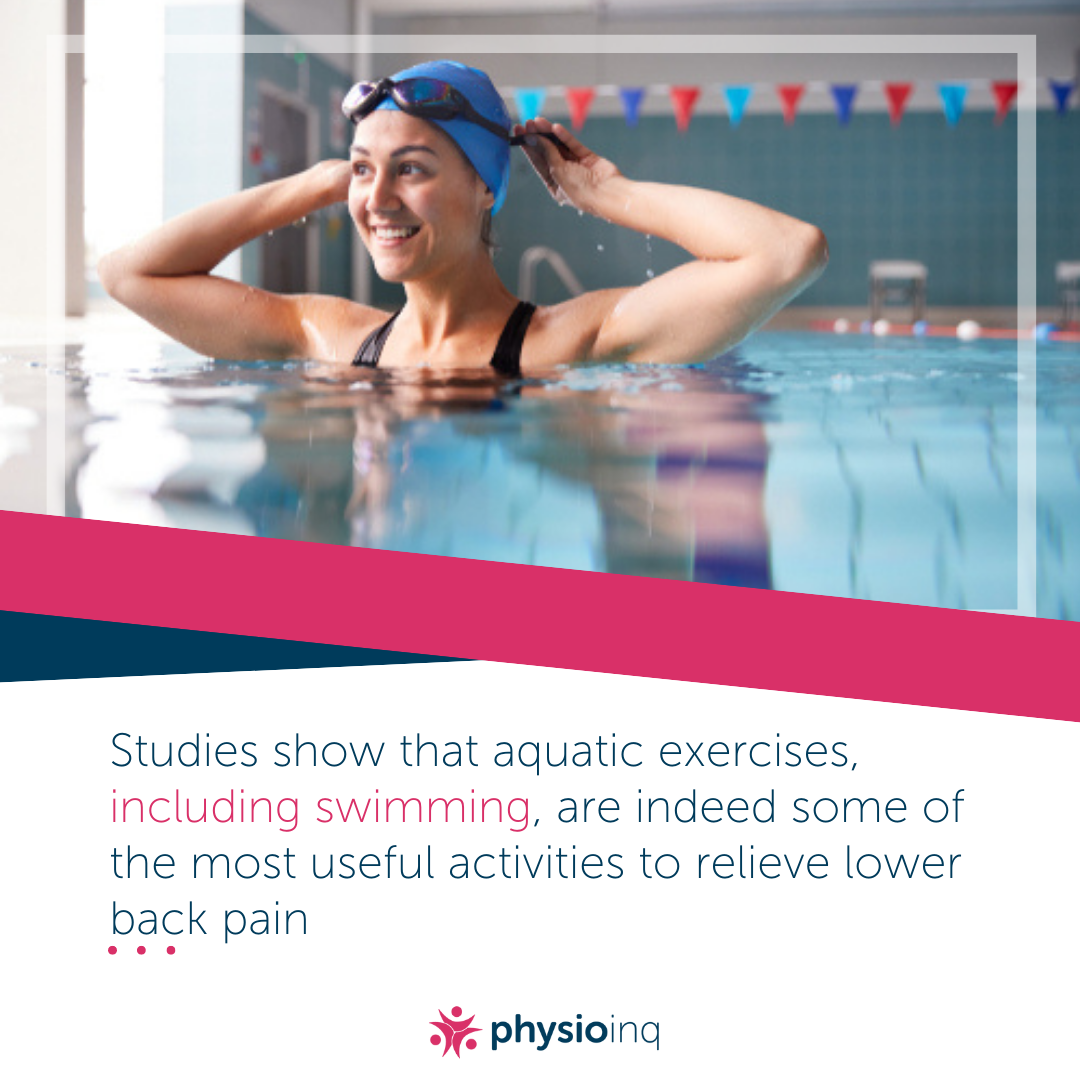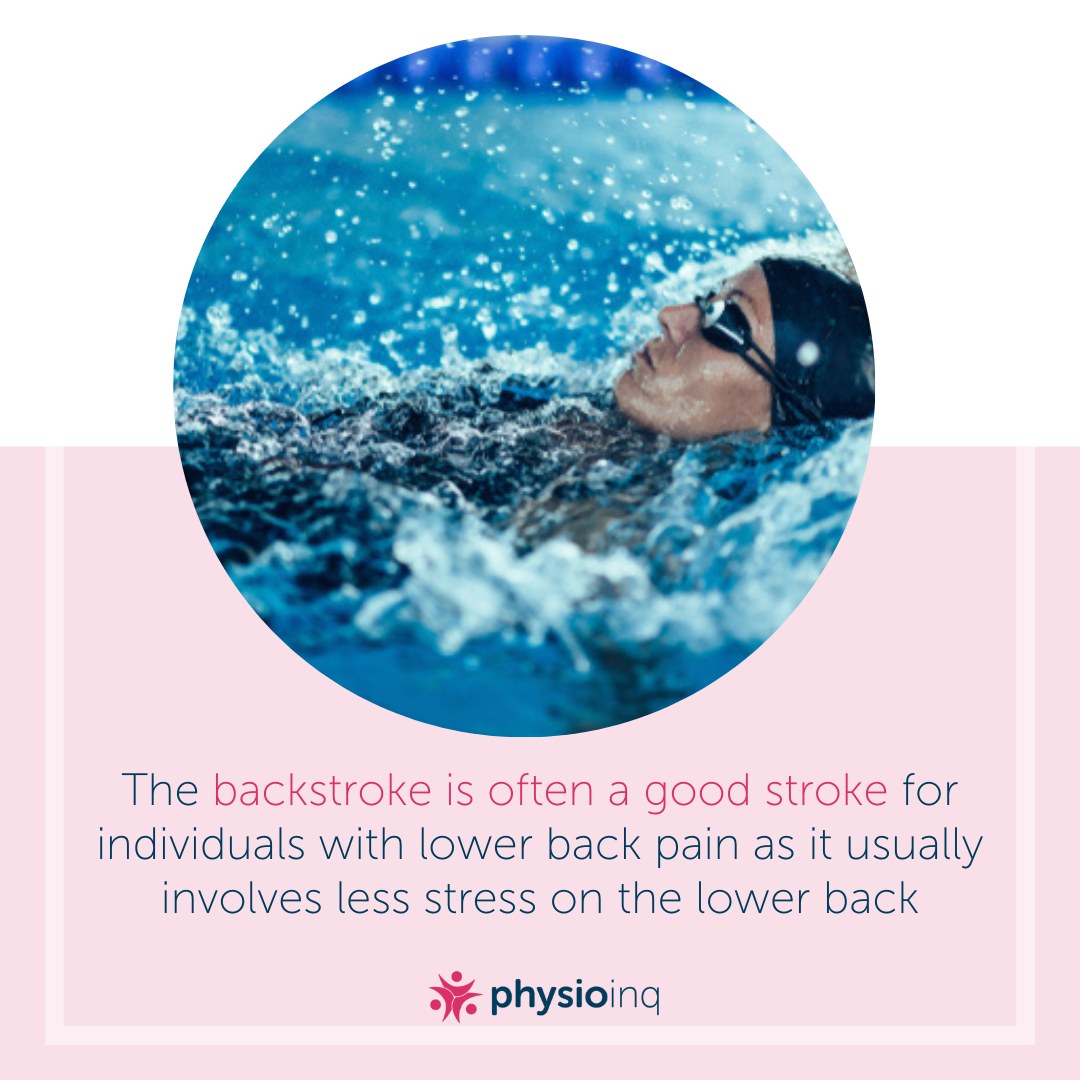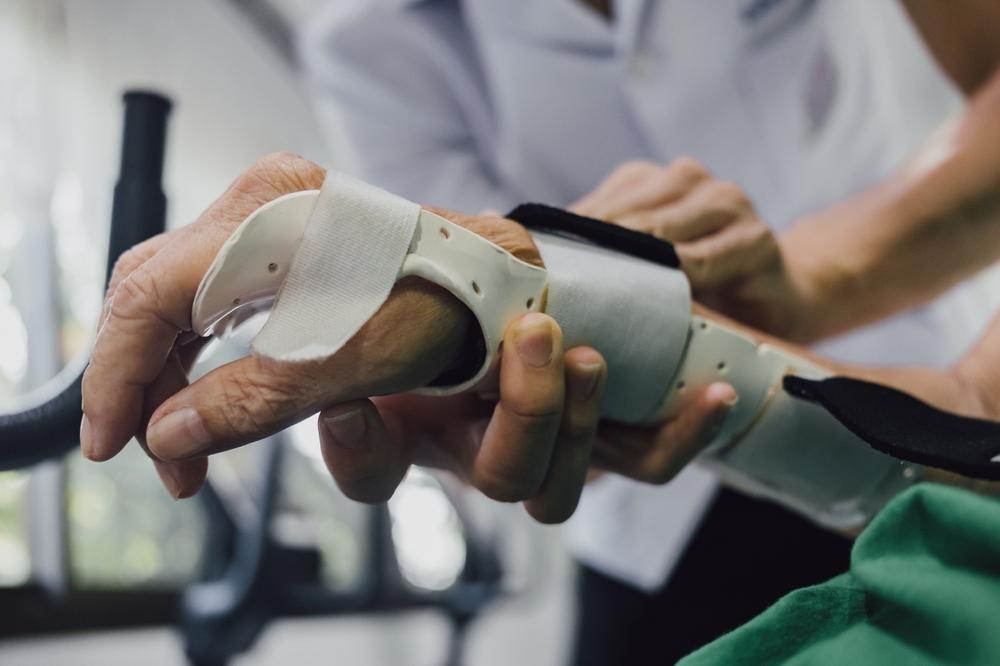Make an Appointment
So, you’re dealing with some nagging lower back pain? You’ve probably already tried giving it some rest, changing medications, changing your diet, ignoring it, and a thousand other things — none of which have helped.
But, have you tried swimming?
It might not be the end-all-be-all for everyone with lower back pain, but it just may offer some surprising relief.
Is swimming good for lower back pain?
Yes, swimming can be very effective in treating lower back pain.
Swimming is an excellent form of low-impact aerobic conditioning that is easy on the back and spine.
Unlike running or other forms of aerobic exercise, with swimming, there is practically no impact on the spine. The buoyancy of the water supports the body and takes the pressure off the spine and joints.
Research has shown that swimming for lower back pain can help patients increase their mobility, reduce pain and improve their overall quality of life. The Spine Journal examined how swimming exercises could help with chronic back pain and found that water exercises improved disabilities and quality of life better than other types of exercise performed outside of the water.
Another systematic review - Aquatic Exercises in the Treatment of Low Back Pain also concluded that "Aquatic exercise can statistically significantly reduce pain and increase physical function in patients with low back pain:".
Several other studies have also shown swimming to be more effective for improving symptoms of arthritis and fibromyalgia patients than other forms of exercise.
If swimming sounds a bit daunting for you, try starting with water walking or water aerobics. Walking around the pool still allows you to reap benefits for your back pain. And water aerobics is perfect for working on the cardio aspect needed to build muscle strength and works a variety of muscles while building your flexibility.
If you struggle with lower back pain, perhaps the last thing on your mind is getting some exercise. However, too much rest can cause the muscles that support the lower back to atrophy. And when these muscles weaken, they cannot stabilize the spine properly, which can have a negative impact.
As with any new exercise program, it’s important to talk to your doctor and/or physiotherapist prior to beginning. You’ll want to make sure that any exercise you’re performing is appropriate for your unique situation and your lower back pain.

Which strokes are best and which should be avoided?
The best swimming strokes if you have lower back pain are the backstroke and the breaststroke. The butterfly stroke… well, it isn’t.
Your choice of strokes will either help or harm your back, so it’s important to stick to strokes that will protect your spine and keep lower back pain in check. Also, being able to perform a stroke in a controlled way can prevent further injury and keep aches at bay.
The backstroke usually involves less stress on the lower back which makes it a good choice for folks with back pain. When you swim on your stomach, there is pressure in arching the spine to keep your head out of the water.
The backstroke can help minimise this overextension and place your spine in a less compromising position – it also engages the core muscles and can build core muscle strength.
Focus on keeping your back parallel to the floor of the pool – this can help to avoid injuries or excessive aching in your upper back and neck. Buying a comfortable set of goggles or even a snorkel can help make you feel more comfortable with your head closer to the water, and to help keep water out of your eyes.
On the list of strokes to avoid is the butterfly stroke!
If you’re confident enough in the water to know how to do this stroke, lay off this one until your back is feeling stronger. Harsh movements in the water can leave you more prone to injury, so it’s best to stick to strokes that you are confident and comfortable with.
Varying your movements will give you a more balanced workout, and help to build your flexibility and strength in different ways. While backstroke can be excellent for back pain, you may feel the need to change positions.
Try the breaststroke, which can help to build the muscles in the shoulders and contribute to a healthier spine.
Most importantly – listen to your body – if you feel like you’re going too fast, you’re aching more than normal post-swim, or you’re experiencing any pain, slow down your movements in the pool and take it a little bit easier.

Why Does Swimming Help Back Pain?
Swimming helps with lower back pain because there isn’t another workout that provides the weightlessness of water, along with all the benefits it provides.
When your back aches, typically that means you have a lot of stiffness. Working your muscles in different ways in the water can increase the strength and flexibility of your muscles, and counteract the effects of a stiff back.
If you can, focus on engaging your core muscles while swimming which can have a positive effect on the posture and stability of your spine when outside the pool.
Here are a few more reasons swimming can be excellent for patients with lower back pain:
- Relaxes Your Nervous System: Tense muscles are sometimes what causes back pain. Swimming releases endorphins, the feel-good hormones, which relax your nervous system and tense muscles.
- Better Posture: As you strengthen muscle, add cardio and combat the effects of stiffness, your posture outside the pool will see positive gains.
- Relieves Pressure on Joints: Gravity can have a harsh effect on back pain and the buoyancy of water can give such relief to aching joints.
- Builds Muscle to Support Spine: Exercising in water supports your joints and spine while increasing resistance. Swimming engages muscles that you don’t always use, particularly those needed to improve your spine’s stability.
Can Swimming Make Back Pain Worse?
Occasionally, swimming can make lower back pain worse.
Swimming is not a one-size-fits-all solution for exercising with lower back pain. Each individual is different and their type of injury or back pain is unique, so what works for one may not work for another. Others may need to make certain accommodations to a swimming program based on their condition.
The key is to avoid positions that put your spine in a compromising position – for many, that means hyperextension. Also, following any workout be aware of soreness. Aches that dissipate within a few hours are okay but aches and pain that last into the following day are a sign you're probably doing too much.
If you have unresolved lower back pain and you're looking for a solution to help, swimming might be a great tool for you! Our In-Home, In-Clinic & Online physiotherapists, can help you start with a swimming-based exercise routine.
Contact us at Physio Inq today and book an appointment or find your local Physio Inq Physiotherapist.
Date Published: Sunday, June 12, 2022
Locate a Mobile Physiotherapy
Service Near me
Get the experience & convinence you deserve to support your or a loved one's allied health needs.
Our Mobile Physiotherapy team are currently serving & taking appointments in the following states and regions in Australia:
New South Wales
- Blacktown
- Blue Mountains
- Campbelltown And Macarthur
- Canterbury-Bankstown
- Eastern Suburbs Sydney
- Georges River
- Hawkesbury
- Inner East Sydney
- Inner West Sydney
- Lake Macquarie
- Lower North Shore
- Newcastle
- Northern Beaches
- North Sydney
- Parramatta
- Penrith
- Southern Highlands
- South West Sydney
- Sutherland Shire
- Sydney CBD
- The Hills Shire
- Upper North Shore
- Waverley
- Wollongong
Tasmania
Victoria
Need to get into direct contact with ur Client Services team? We're all ears. Call our team directly on 1300 731 733









